Description
ALPINE STRAWBERRY BARON VON SOLEMACHER
Heirloom, German alpine type variety with very small 25 mm fruits that are exceptionally sweet and aromatic. Early sowing can result in fruits first year Wonderful in pots, containers and hanging baskets fruiting from early summer to the autumn.
Cultivation Advice for ALPINE STRAWBERRY BARON VON SOLEMACHER
Selecting a suitable area with well-draining soil that has access to full or partial sunlight.
Alpines may be planting in early spring or late summer, giving them time to establish before winter.
Alpine strawberries do best in a soil of ph 6.0-7.0, slightly acidic to neutral. Work well-rotten compost or organic matter into the soil before planting.
Make sure to water regularly, especially when it is hot and dry or during periods of flowering /fruiting.
Water at the soil level to avoid getting moisture on leaves, which combined with warm temperatures can lead to fungal diseases.
Put a layer of organic mulch around the plants to retain moisture, prevent weeds from growing and keep soil temperature relatively constant.
Blend a slow-release, balance fertilizer into the soil before planting. Light fertilization during the growing season, but be careful not to overdo it with nitrogen that will make a lot of lush foliage but very little fruit.
Plant your Space Alpine strawberries according to the instructions on a seed packet or from nursery. Usually with 12-18 inches apart.
Pruning: None needed, but alpine strawberries can be sheared back to remove older leaves and encourage new growth. This keeps the plant neat and allows air to move around them, which helps discourage diseases.
In addition to the soil practice, add a layer of mulch around your plants in colder climates for winter protection. This is particularly important when overwintering perennial Alpine strawberries.
Beware of pests such as slugs, snails and aphids. Employ organic control or appropriate pesticides if infestation of psyllid occurs.
In many spots the birds are going to swipe you out of half your berries anyway, so maybe netting would be worth it
Pick ripe strawberries regularly to keep the fruits forming. Alpine strawberries generally yield fewer but highly flavoured berries.
Common fungal diseases should be prevented by proper spacing, good air circulation and avoiding overhead watering.
When you plant strawberries, think about companion plants that repel pests or draw beneficial insects to the strawberry patch.
Alpine strawberries like their soil to stay evenly moist as well. Depth water when the top of soil feels dry in order to touch. Do not water excessively as wet soil can cause root rot.
Although they can take some partial shade, these plants flower and fruit best in full sun-available to the plant for at least 6 hours each day.
Alpine strawberries, such as “Baron von Solemacher,” lend themselves well to container gardening. It allows the cultivation of plants in a smaller space or soil conditions to be controlled.
Try growing Alpine strawberries in raised planters or hanging baskets to keep the ripening fruit up and out of reach from ground-dwelling pests.
Pinch off the first flowers that emerge at planting time. This will help the plant to concentrate on developing an extensive root system before taking energy for fruiting hence stronger and productive plants.
Carry out regular inspections of any pests, diseases or deficiencies This basically means that the earlier you can spot a plant disease or pest and take action, helps with keeping your plants healthy


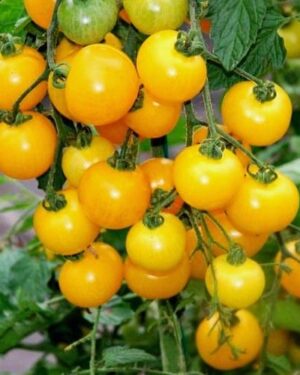
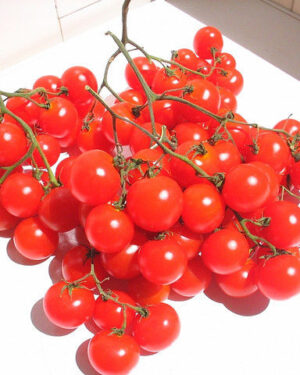
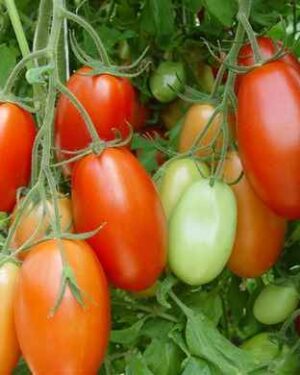
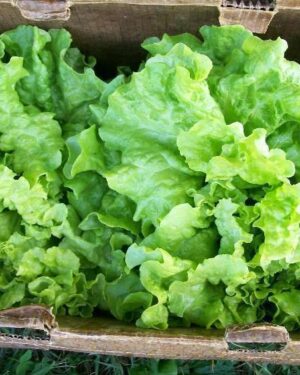


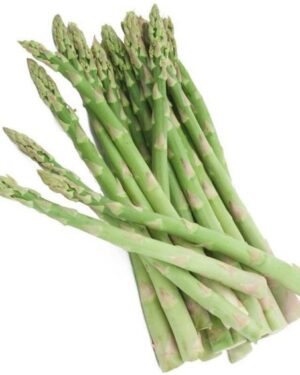
Reviews
There are no reviews yet.